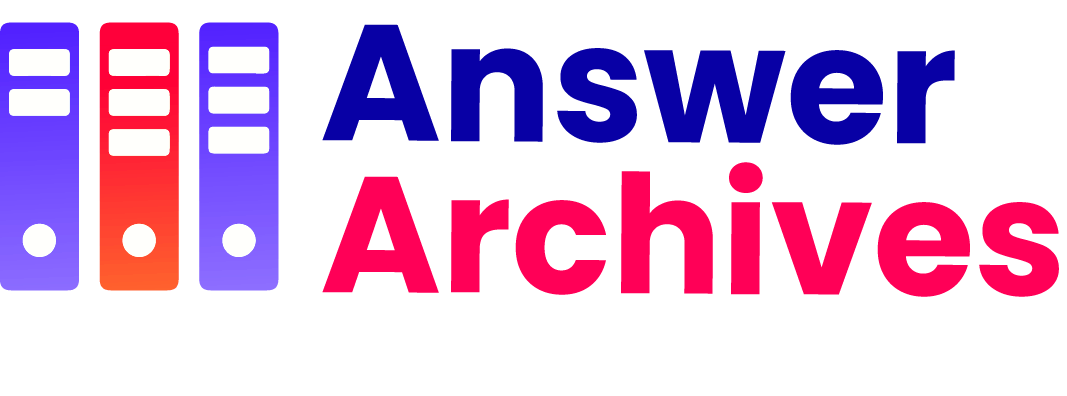
The Role And Evolution Of Medical Imaging Equipment In Modern Healthcare
Emerging Trends in Imaging Technology
The horizon of medical imaging is bright with emerging trends that could redefine diagnostics and treatment paradigms. Hybrid imaging technologies, which combine modalities like PET and CT scans, offer unprecedented detail and insight, revolutionizing fields like oncology with their ability to not only locate but also track the progression of cancer.

Nanotechnology is making waves in imaging too, with nanoparticles expanding the scope and precision of imaging agents. These innovations are pushing boundaries, enhancing tissue contrast, and improving visualization of cellular-level processes. It’s an optimistic outlook for patient outcomes, as earlier detection and tailored treatment strategies become ever more feasible.
Smart imaging, integrating IoT (Internet of Things) technology, enables real-time data collection and remote analysis, further streamlining the diagnostic process. This capability is particularly transformative in rural or underserved regions, where access to specialist healthcare is limited. Smart devices can collect immense amounts of data, allowing distant specialists to assist in diagnosis and treatment, dramatically expanding healthcare reach.
As these trends gain traction, they challenge traditional imaging paradigms and invite new collaborations. As always, the drive towards personalized medicine means that imaging technologies must not only identify disease but also predict therapeutic outcomes. This transformative journey is far from over, with each step bringing us closer to a future where precision medicine is the norm…